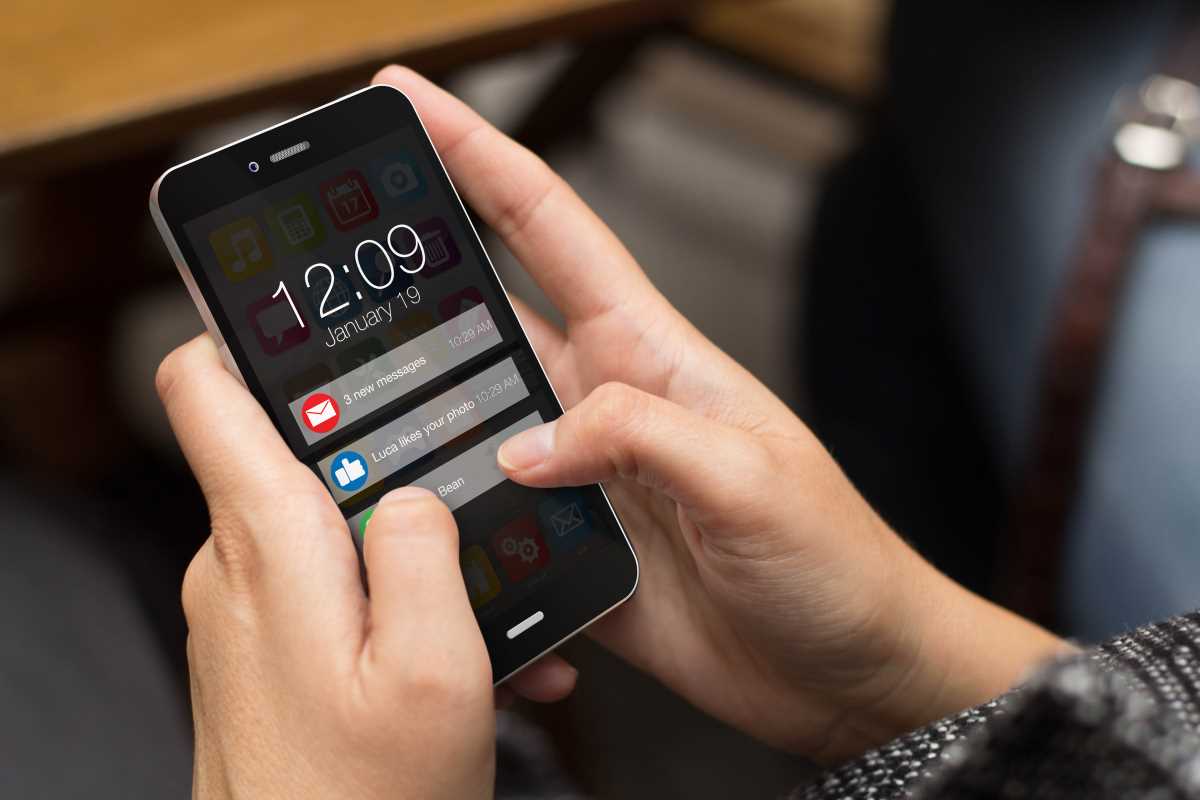Time-saving tools are a game changer in boosting productivity and simplifying routines. Among these, keyboard shortcuts stand out as one of the simplest yet most impactful hacks for streamlining workflows. While most people are familiar with common shortcuts like copy, paste, or saving a file, the real magic lies in creating personalized shortcuts tailored to your specific needs. Personalized keyboard shortcuts can shave precious minutes off repetitive tasks, enhance efficiency, and reduce the mental strain of navigating endless menus. Learning how to design and implement shortcuts tailored to your work habits opens up opportunities to get more done with less effort.
Why Personalized Keyboard Shortcuts Matter
Personalized shortcuts offer an incredible advantage because they adapt to the way you work. Unlike standardized shortcuts, which are designed for universal use, customized ones are built specifically to suit your workflow and preferences. This approach eliminates the unnecessary steps that general solutions often include, reducing the time spent searching for commands or clicking through menus.
Custom shortcuts also improve consistency during tasks that you perform regularly. For example, if you frequently format text in specific ways or use particular tools in a software program, creating shortcuts for these actions ensures that you can perform them quickly and without error every time. Over days, weeks, and months, these small time-savings accumulate into significant productivity gains.
Another often-overlooked benefit of custom shortcuts is the reduction of cognitive load. Navigating complex software interfaces can be mentally draining, especially when trying to remember uncommon tools or options hidden in dropdown menus. A single key combination to execute these commands reduces the mental overhead, freeing up energy for more creative or strategic tasks.
How to Set Up Personalized Shortcuts
Creating your own shortcuts requires a bit of setup, but most modern operating systems and software tools make the process straightforward. The specific steps depend on the platform or program you’re using, but the general approach involves finding the shortcut customization menu and assigning new key combinations to the actions you use most frequently.
On Windows, tools like AutoHotkey allow extensive customization beyond what basic setting menus offer. AutoHotkey gives you the ability to create shortcuts that work across multiple applications or automate entire sequences of actions. For Mac users, the built-in keyboard preferences are a useful place to start. By navigating to the System Preferences menu and selecting “Keyboard,” you can access options to remap existing shortcuts or create new ones for specific applications.
Similarly, certain software programs like Microsoft Office, Adobe Creative Suite, or project management tools often include built-in functions to define custom shortcuts. Exploring the preferences or settings menus in these applications reveals where these options are located. Once you assign a shortcut, test it a few times to ensure it feels intuitive and doesn’t conflict with existing commands. It’s helpful to document newly created combinations, at least initially, until they become second nature.
Tasks That Benefit From Custom Shortcuts
Personalized keyboard shortcuts are particularly valuable for repetitive tasks that follow a consistent pattern. For example, in word processing programs, formatting text for headers, bolding, italicizing, or applying specific styles with a click of a button can save time in document-heavy workflows. Instead of highlighting text and navigating through menus repeatedly, a shortcut does the work with precision and speed.
Graphic designers often rely on tools like Photoshop or Illustrator, where customized shortcuts bring essential tools like brushes, selection tools, or zoom controls closer to hand. By consolidating these frequently used actions into one-button commands, the fluidity of the design process improves significantly. Similarly, in video editing software, shortcuts for trimming, applying transitions, or navigating timelines ensure that creative focus isn’t disrupted by technical delays.
For teams managing projects or collaborating on shared platforms, shortcuts reduce time spent switching between views, searching for tasks, or updating statuses. Project boards often have specific actions, like filtering tasks by deadline or collapsing views, that involve multiple clicks. Assigning keys to these actions speeds up every interaction.
Email management also benefits greatly from custom shortcuts. Sorting emails into folders, marking them as read, flagging important ones, or creating templates for frequently sent messages becomes effortless with shortcuts. By integrating email automation into your process this way, inbox zero may feel like a more achievable goal.
Advanced Features for Automation
One of the most exciting aspects of creating custom shortcuts is the opportunity to integrate them with even larger automation workflows. For example, pairing shortcuts with tools like IFTTT (If This, Then That) or Zapier extends their functionality beyond individual applications. Pressing a shortcut could trigger a series of actions, like copying data from a spreadsheet and transferring it into a database.
Macros provide another level of automation that works closely with personalized shortcuts. Programs like Excel and Word allow users to record macros, a sequence of actions performed in the software, which can then be tied to a single key combination for quick execution. For repetitive tasks such as generating reports, formatting tables, or consolidating data, the time saved adds up exponentially.
Power users in tech often go even further by using coding scripts to assign shortcuts for complex workflows. For instance, IT professionals might create scripts that execute maintenance tasks, like clearing cache files or launching diagnostic tools, with a single command. While these setups require some familiarity with coding, the customization possibilities are virtually limitless.
Tips for Effective Shortcut Use
When deciding which shortcuts to create, think about the pain points in your workday. Observe where you spend the most time clicking through menus or performing repetitive actions, and prioritize shortcuts that target these tasks. Keep combinations intuitive by using logical associations between the key combinations and their functions. For example, using “Ctrl + T” for creating templates or “Alt + Z” for undoing zoom settings maintains a natural flow.
Consistency is key when integrating shortcuts into your routine. Instead of experimenting with different setups over time, standardize combinations early on to build muscle memory. Tools like sticky notes or shortcut cheat sheets can help during the initial learning curve, ensuring that you don’t waste time searching for commands.
An often-missed opportunity is to leverage the physical layout of your keyboard. Group similar shortcuts in proximity to one another. For example, if you create shortcuts for bolding, italicizing, and underlining text, assign them to adjacent keys to reduce hand movement. This organization improves accuracy and reduces the strain of frequently reaching for distant combinations.
The Long-Term Advantage of Custom Shortcuts
Investing in personalized keyboard shortcuts doesn’t just save time moment-to-moment; it builds a smoother, more efficient workflow over the long run. Even tasks that take only a few seconds to complete without shortcuts can add up when performed numerous times a day. By eliminating these micro-delays, shortcuts ensure that your focus remains on meaningful work instead of the minutiae of execution.
Additionally, the mental clarity gained from reducing interruptions is invaluable. Spending less time searching for functions or navigating interfaces leaves you feeling less fatigued at the end of the day. This improved flow helps maintain energy and focus for tackling high-priority tasks with greater confidence.
Personalizing shortcuts becomes especially powerful as your experience grows. Over time, you’ll uncover even more areas where they can simplify tasks. This continuous refinement not only enhances productivity but also creates a sense of mastery in how you approach work.
Simplify Your Workflow With Custom Keyboard Commands
Mastering personalized keyboard shortcuts is like finding an accelerated pathway through daily work routines. From reducing repetitive actions to streamlining complex workflows, this simple but effective productivity hack has a wide range of applications, regardless of the tools you use or the type of work you do. By investing a little time upfront to create shortcuts aligned with your habits and needs, you transform how you approach tasks, making work feel less like a grind and more like a well-oiled process. Over time, the minutes saved and the improved focus from working smarter—not harder—can lead to hours gained for the things that matter most.







